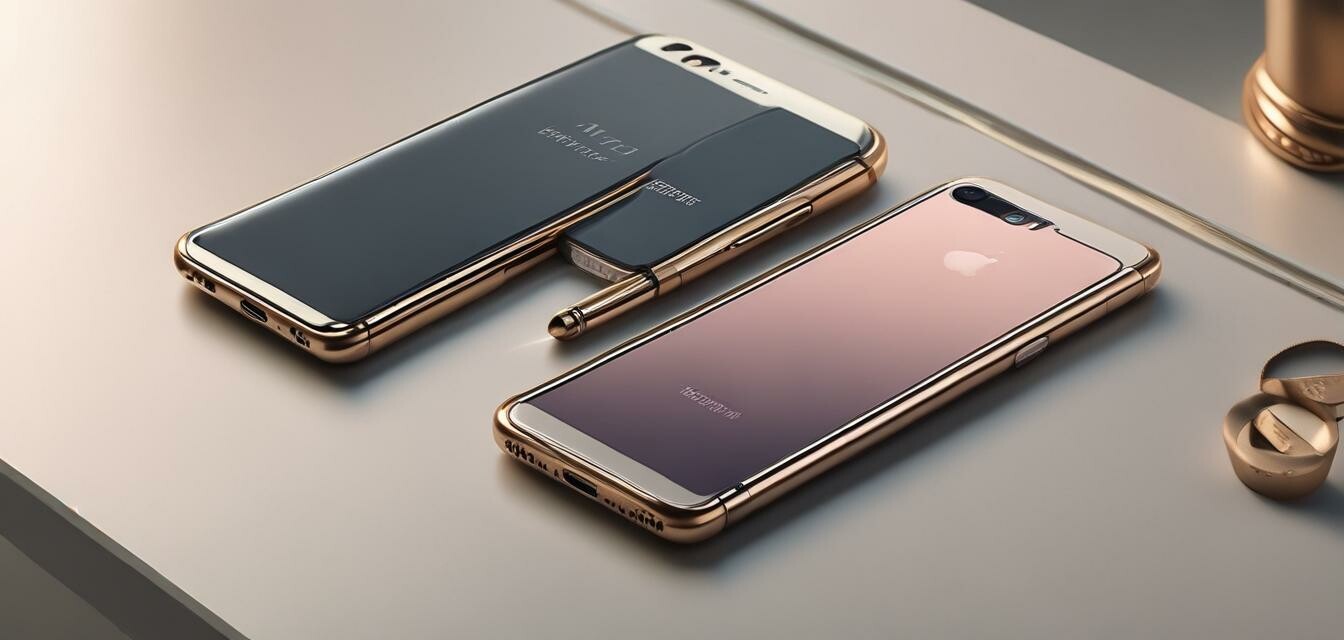
How to Transition from Android to iOS in Luxury Phones
Making the switch from an Android luxury smartphone to an iOS luxury smartphone can be both exciting and challenging. While both operating systems play host to unparalleled features and aesthetics, transitioning between them may require planning and understanding. This guide will help you navigate the process smoothly so you can enjoy your new device to the fullest.
- Understanding the key differences between Android and iOS.
- Steps for a smooth transition and data migration.
- Tips to customize your iOS experience.
- Helpful resources for further assistance.
Understanding the Differences Between Android and iOS
Before making the transition, it's essential to grasp the fundamental differences between the two operating systems. Below is a comparison table highlighting some key features:
| Feature | Android | iOS |
|---|---|---|
| Customization | Highly customizable interfaces | Limited customization options |
| App Availability | More options on Google Play Store | Curated apps on the Apple App Store |
| Updates | Varied, device dependent | Consistent updates across all devices |
| File Management | Flexible, varied formats | Restrictive, specific formats |
Steps to Transition from Android to iOS
Transitioning from Android to iOS requires a few essential steps to ensure a smooth shift. Here’s a list to guide you:
- Backup Your Android Data: Ensure all your contacts, photos, and important files are securely backed up.
- Prepare Your New iOS Device: Ensure it's fully charged and connected to Wi-Fi.
- Download “Move to iOS” App: Find the official app on the Google Play Store to help facilitate the transition.
- Follow On-Screen Instructions: Launch the “Move to iOS” app and follow the prompts to transfer your data.
- Set Up Your New iPhone: Apple will guide you through the setup, including signing in with your Apple ID.
- Transfer Your Data: Select what you want to transfer during the setup process.
- Post-Setup Customization: Customize your new iPhone to suit your preferences.
Post-Transition Tips for iOS
Now that you've transitioned to your new iOS luxury smartphone, here are some tips to enhance your experience:
- Familiarize Yourself with iOS: Spend time getting to know the interface and features.
- Explore the App Store: Discover apps that can enhance your user experience—don't miss popular luxury apps.
- Optimize Your Settings: Adjust notifications, privacy settings, and display preferences to tailor your experience.
- Tweak the Control Center: Customize what shortcuts you want easy access to.
Resources for Further Assistance
If you encounter any challenges or need additional help during your transition, here are some resources that can assist:
- Buying guides for luxury mobile phones.
- News and trends for the latest iOS updates.
- Product comparisons to see how luxury devices stack up.
Pros
- Seamless integration into the Apple ecosystem.
- High-end design and build quality.
- Consistent updates and security features.
Cons
- Less customization compared to Android.
- Higher price point for comparable devices.
- Learning curve for new users.
